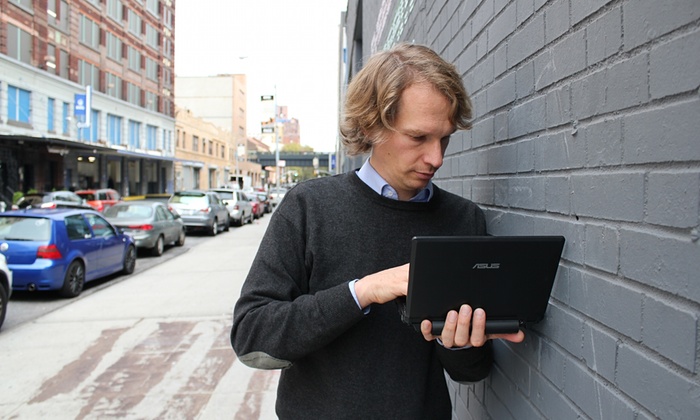
There are two cities. There’s a city of people and cars, and a city of ones and zeros. This second city, this invisible city, grows with every tap-in, opt-in, jump-in, check-in, sign-up and tick-off. Every added location, pinned photo, Uber ride, Twitter post, every Tinder date builds up the city’s roads, nodes and alleyways. With every byte the invisible city swells.
How can we make the data-driven city a place for humans? How can we make sense of invisible structures and use technology to not only increase productivity and efficiency, but challenge power structures, foster communities and make space for individual voices? An increasing number of writers and artists are exploring these questions, in ways that range from telling stories through location tracking to using smartphones to infiltrate the financial industry.
Read the full article here in The Guardian >>

Recent Comments